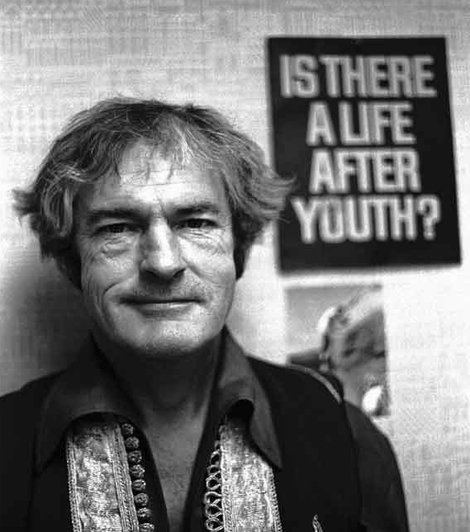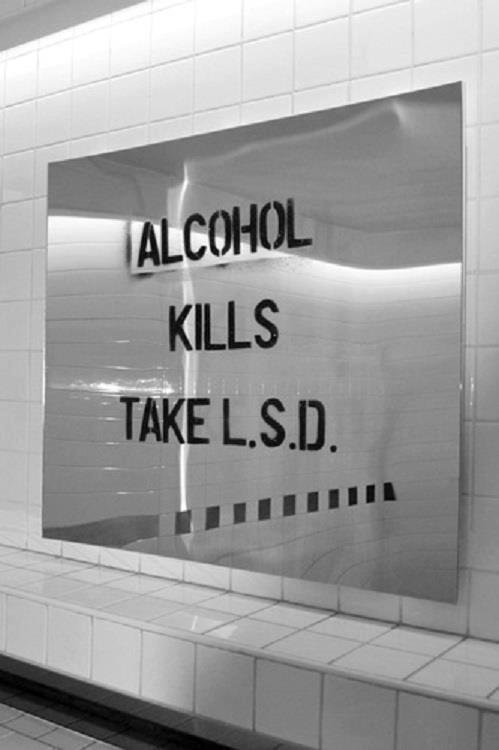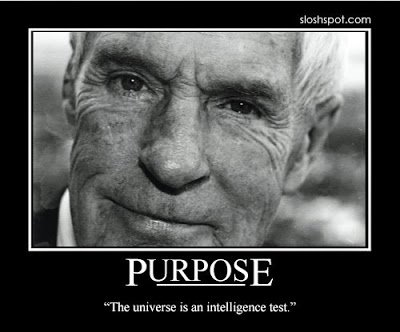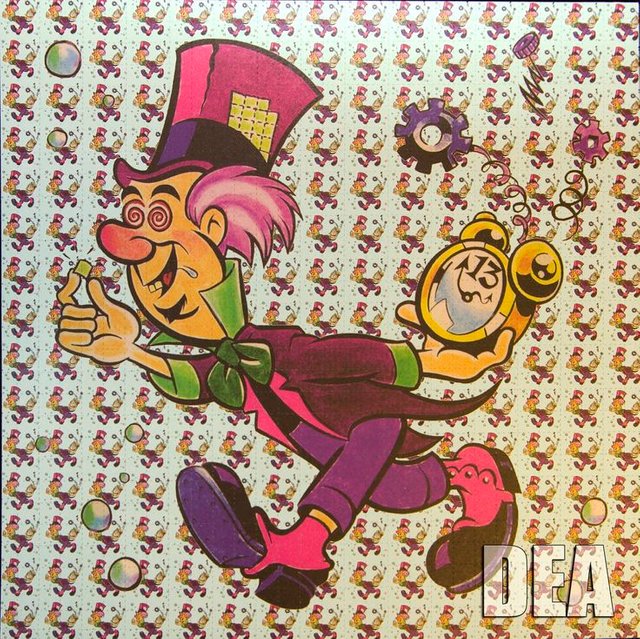LSD or Acid - Science Vs. Party Animal - Trippy People & Marijuana - A brief history
Mind altering or life altering?
This has been the question on the lips of everyone for the last decades. From being discovered by mistake to being used in treating schizophrenic patients. The hippies from the 60's onward partying at Wood Stock '69 hanging loose feeling the breeze as they paraded around naked with pride.
Taking a brief look at the history of LSD from 1938 to 2017.
- 16 November 1938. - Dr. Albert Hoffman discovers LSD in laboratories in Basel, Switzerland.
- 16 April 1943. - The discovery was made of the psychedelic properties of LSD
- In 1949 LSD was brought to the attention of the United States by Sandoz Laboratories believing that it held clinical applications.
- In the 1950s undergraduate psychology students started taking LSD as part of their education.
- In the UK LSD was pioneered by Dr. Ronald A. Sandison in 1952, at Powick Hospital, Worcestershire.
- In 1958 they built a special LSD unit.
- 1964 Dr. Sandison left the hospital, then medical superintendent Dr. Justin Johanson took over. Until he retired in 1972. In this period, 683 patients were treated with LSD in 13,785 separate sessions at Powick, but Dr. Spencer was the last member of the medical staff to use it
- Between 1954 and 1959, Time magazine published several positive articles relating to LSD.
- Around the mid-1950s, LSD was used in major American medical centers, for replicating temporary effects of mental illness. The leading authorities on LSD during the 1950s was Sidney Cohen. Cohen first took the drug on 12 October 1955. Cohen had reported that the “problems, worries and frustrations of everyday life have vanished"; Instead he felt a majestic, heavenly inner quietude.
- Cohen immediately started researching LSD with the help of a friend, Aldous Huxley whom he had met in 1955.
- Between 1957 and 1958. Saw, Cohen treating several patients for minor personality disorders using LSD.
- 1958. Huxley and Cohen had given LSD to artists to see if the drug could help with their creativity and track mental deterioration at the same time.
- 1958 and 1962. Saw, Oscar Janiger testing LSD on more than a hundred painters, writers, and composers alike.
- The late 1950s, LSD was being used by unlicensed therapists for treating their patients. In turn making hundreds of dollars per session.
- Around the same time, Dr. Humphry Osmond gave LSD to alcoholics in AA who could not stop drinking. After one year, 50% of the study group was dry. This success rate has never been duplicated by any other means.
- From the 1940s through the mid-1970s, extensive research and testing were conducted on LSD.
- Soon many psychiatrists began taking the drug recreationally and sharing it with friends. Dr. Leary's experiments spread LSD usage to a much wider segment of the general populace.
- August 1965. Saw Sandoz halting LSD production after governmental protests started growing at its proliferation among the general populace.
- A declined in research funding saw scientific studies of LSD largely stopped by 1980 as, governments grow wary of allowing such research, fearing that the research will encourage illicit LSD use.
-By the end of the century, there were very little authorized researchers left, and their efforts were mostly directed towards further work with LSD in easing the suffering of the dying, drug addicts and alcoholics.
What's in side your mind?

In the mind of Dr. Timothy Leary a lecturer at Harvard University in the psychology department, the foremost pro-LSD researcher. Leary claimed that using LSD with the right dosage, setting, preferably with the guidance of professionals, could alter behavior in dramatic and beneficial ways.
- 1962, The faculty now discontent with Leary's experiments. Leary was informed that the CIA was monitoring his research. Many of the other faculty members had harbored reservations about Leary's research. Powerful parents began complaining to the university about Leary's distribution of hallucinogenic drugs to their children. Large numbers of undergraduate students who were not part of Leary's research heard of the mind altering experiences other students had experienced, they also started taking LSD recreationally, at the time it was not illegal. Then Leary left the University for an extended spring semester, he then failed to fulfill his duties as a professor, this was the last straw. Leary and a Dr. Alpert was dismissed from the university in 1963.
- 1964, The two of them published a book called the Psychedelic Experience.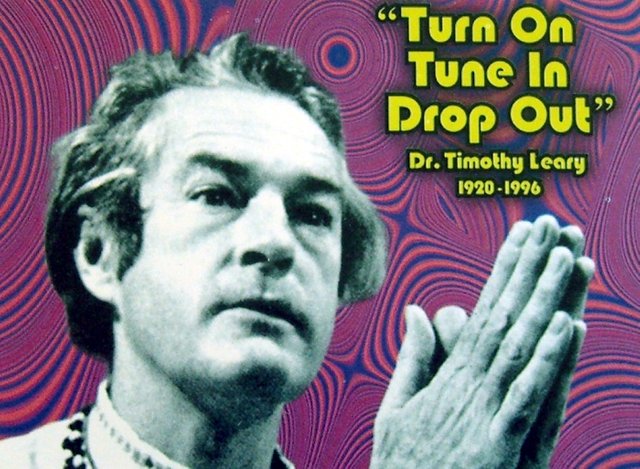
Leary and Alpert, clearly not shaken by their dismissals, relocated first to Mexico. They soon found themselves expelled from Mexico by its government. They soon set up in a huge private mansion in New York. They continued their experiments here. The research lost its scientific control and character and transformed into LSD parties. Leary later wrote, "We saw ourselves as anthropologists from the twenty-first century inhabiting a time module set somewhere in the Dark Ages of the 1960s. On this space colony, we were attempting to create a new paganism and a new dedication to life as art."
A judge who did not like what Dr. Leary and his books stood for, sentenced him to 30 years in prison for possession of half a marijuana joint. Leary was now growing a huge reputation as a counter cultural guru. President Nixon described Leary as "the most dangerous man in America." The FBI repeatedly raided their mansion experiment. Leary now focused his efforts on countering the large scale onslaught of anti-LSD propaganda. He then created the slogan, "Turn on, tune in, drop out." Many experts blame Leary and his antics for the near-total suppression of psychedelic research over the next thirty-five years.And so the age of love began...
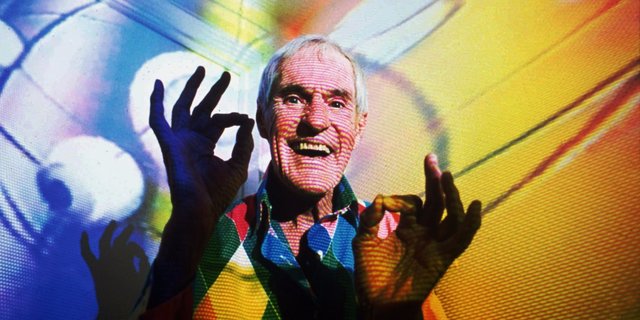
LSD or ACID took the world by storm!
- 24 August 1965 The Beatles, all except Paul McCartney, took their second trip of LSD. - The same month, The Pretty Things released an album Get the Picture? It included a track simply entitled 'L.S.D.' LSD made the headline in early 1967. The Beatles admitted to having been under the influence of LSD. Earlier in that year, a British tabloid, News of the World ran a three-week series on 'drug parties' hosted by the rock group The Moody Blues. These parties were attended by the likes of the leading stars including Donovan, The Who's Pete Townshend, and Cream drummer Ginger Baker. This lead to the arrest of several pop stars including Donovan, Mick Jagger and Keith Richards from The Rolling Stones for drug possession, although the arrests never involved LSD. The bands of the time started showing the obvious influence of their experiences with LSD. John Lennon wrote a song which many assumed referred to LSD, "Lucy in the Sky with Diamonds", John Lennon always dismissed the connection as coincidence.Lennon and Harrison had been experimenting with the drug since 1965. The songs "She Said She Said" - the line, I know what it's like to be dead' is from an LSD trip the Beatles took with actor Peter Fonda. And "Tomorrow Never Knows" these are some of the many lines Lennon borrowed from Leary's. "The Psychedelic Experience" from the album revolver was clearly about the LSD trips. During that same time, bands the likes of Pink Floyd, Jefferson Airplane, and The Grateful Dead helped give birth to a genre known as "Psychedelic Rock" or Acid Rock. Where this train will finally end up, no one knows. One thing that rings true is, that World governments can't hide the truth for ever...

